Mercedes-AMG C43 Vs Seat Leon Cupra R Abt: Fast Luxury Or Bang-For-Buck?
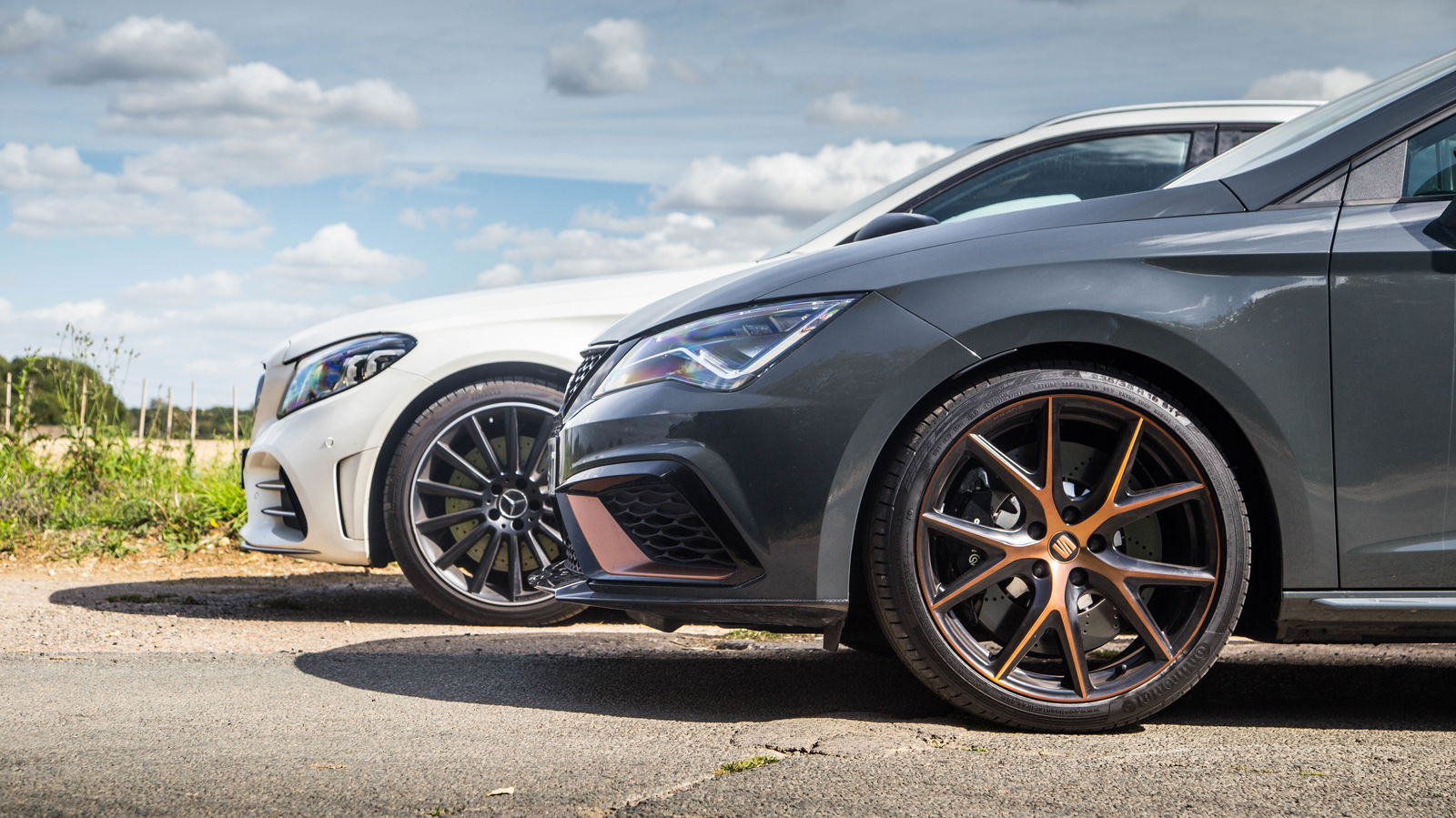
Pros
Cons
They may be aimed at entirely different people, but the Seat Leon ST Cupra R and Mercedes-AMG C43 estate are remarkably similar when you look at the raw numbers.
This particular Seat with its warranty-friendly Abt power pack is good for 345bhp and 325lb ft, 39bhp/58lb ft adrift of the Merc. But due to the latter’s extra weight, the Spaniard just edges the German off the line to hit 62mph in 4.8 seconds compared to 4.9. The AMG is slightly longer, but both cars are about the same width, with the Cupra being broader by only a few millimetres. Chalk and cheese have never looked so alike.
Where the cars start to deviate, however, is when it comes to the amount of money the dealer will want to extract from your bank account before you’ve left the showroom. The Leon is £38,475 including its £500 Abt pack, while the C43 is a wallet-busting £51,200 before you add a single extra. The long-termer we specced out quite generously comes to £62,065. Yikes.

For that money, you are at least getting a much more interesting soundtrack. It’s not always guaranteed that going to six cylinders from four will make for a better aural experience, but thankfully, the C43’s 3.0-litre twin-turbo V6 delivers in the noise stakes.
Helped by an AMG performance exhaust (yours for an additional £1000), the C43 lets out a surprisingly throaty bark with each mid-to-full throttle application, emitting an explosive gear-change ‘fart’ with every upshift from the nine-speed automatic transmission.
Weirdly, pressing the exhaust button in Comfort doesn’t give quite the same timbre as when you’re set to Sport or Sport+, but either way, the results are pleasing.
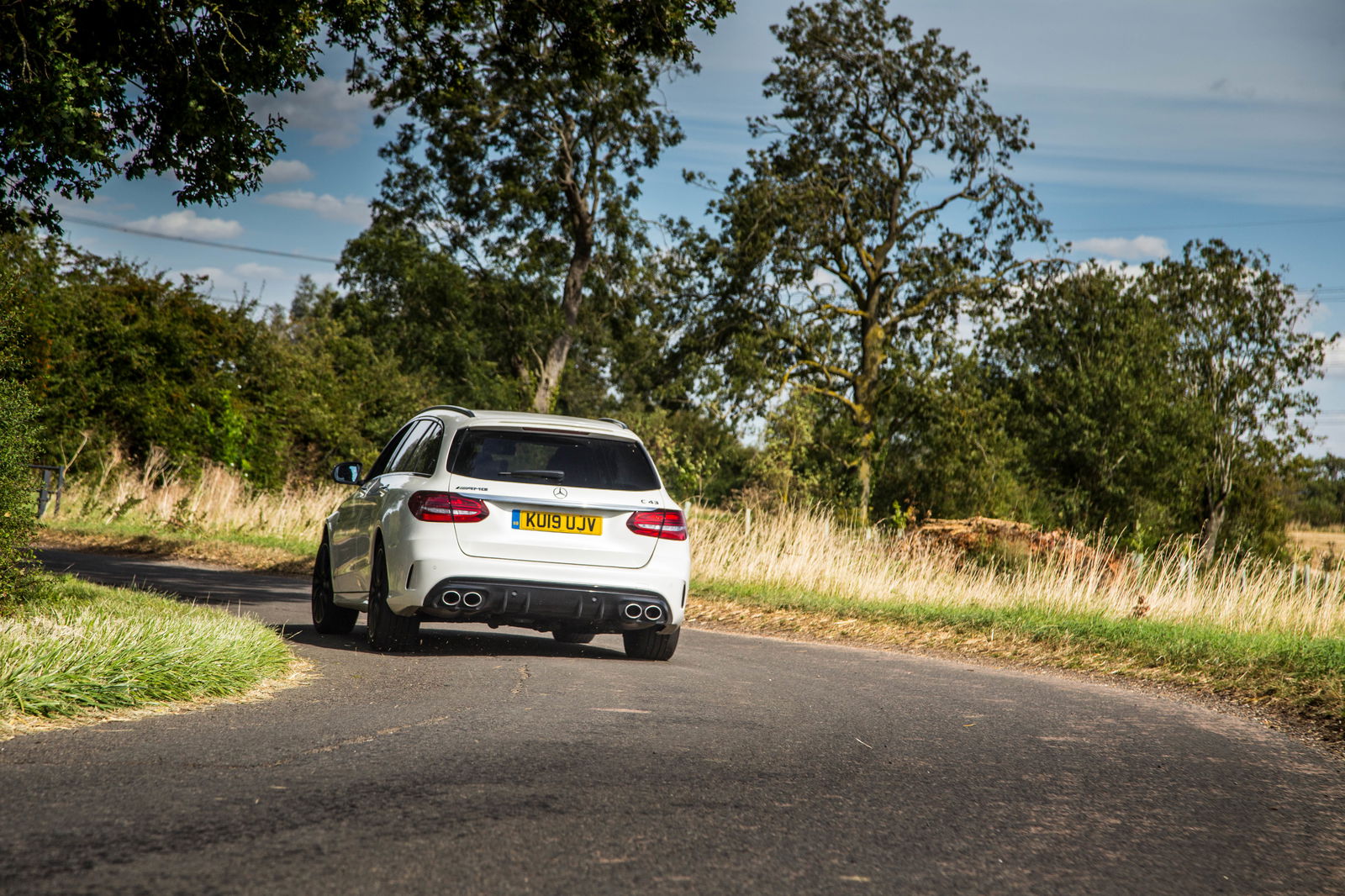
Being a large-ish engine with a fairly sensible power output, the two turbochargers don’t have to be cranked up all that high in terms of boost. This means there isn’t a whole lot of lag, but it also means there’s no dramatic, thumping mid-range delivery as the snails spool up.
It still feels plenty quick, though. The one frustration is the gearbox - changes aren’t the snappiest, and the transmission isn’t the most willing when it comes to manual down changes. And if you are shifting yourself, you’d best get it done before 6000rpm - hit the right-hand paddle when you’re in the soft rev-limiter portion above that point, and you’re in for a slow, lurching cog-swap.
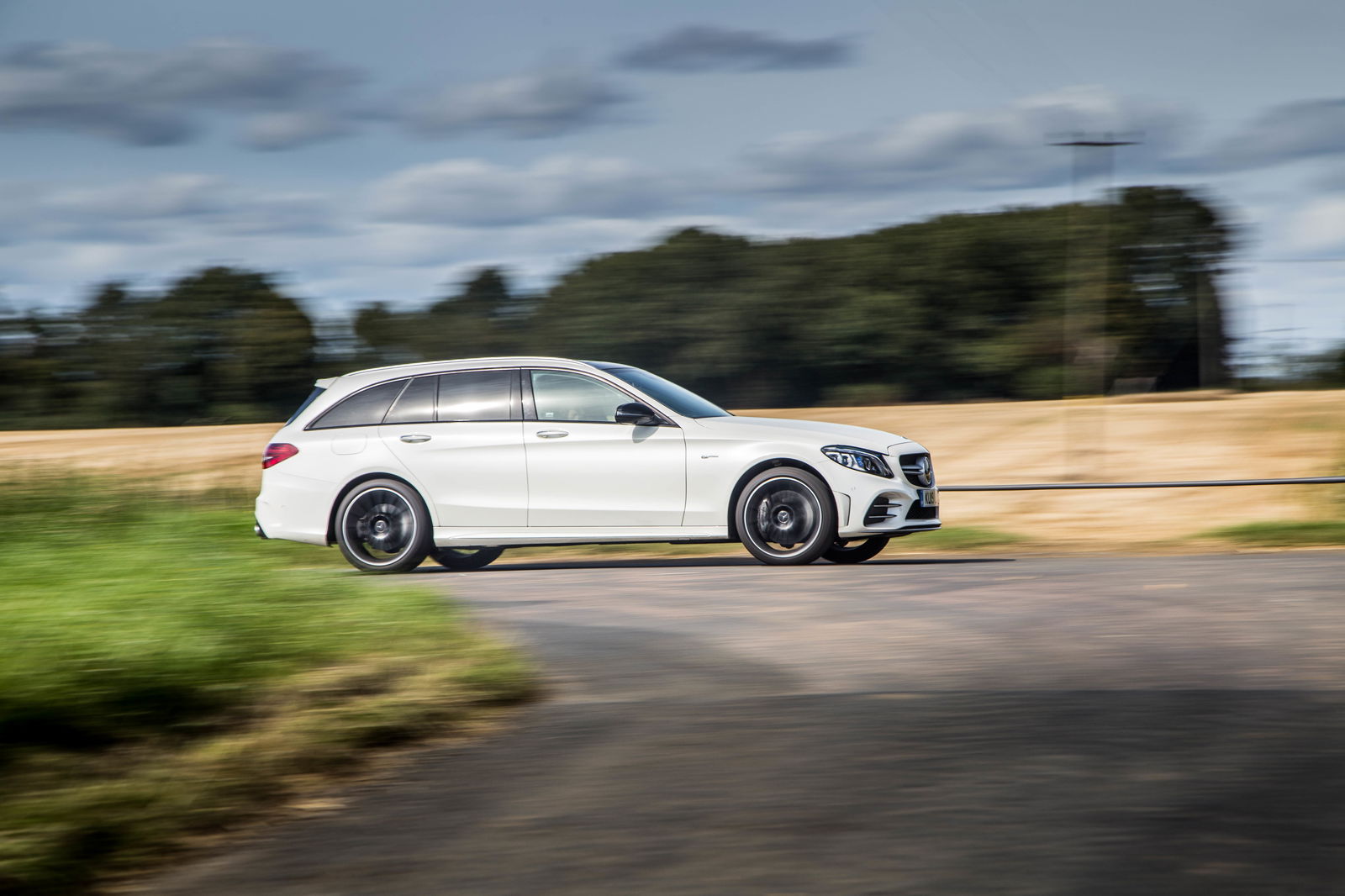
Unlike the Seat, which will run as a front-wheel drive car under normal conditions, the Mercedes has a ‘proper’ permanent all-wheel drive system. It never feels quite as rear-led as its 31:69 split suggests it should, but you do sometimes get a pleasing nudge from the back.
Over in the Cupra, pushing the car to its limits will usually result in understeer - such is the way with these Haldex clutch-type all-wheel drive setups. But you do seem to enjoy a smidge more traction than in the Merc, and it’s far more comfortable with its weight at speed.
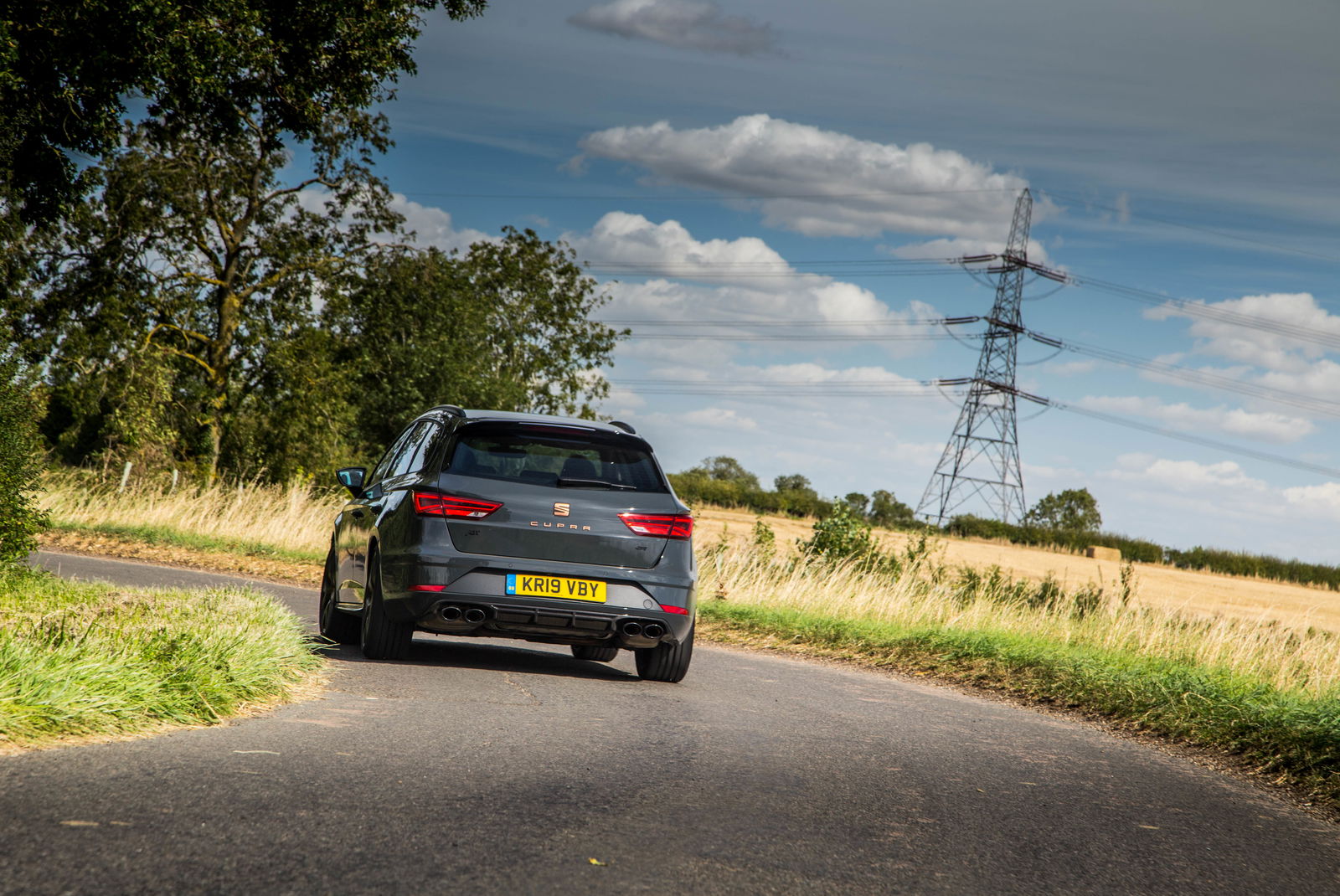
The reason? There’s a lot less of it - the ST Cupra R is about 200kg lighter than the C43. On a left-right flick of a test route road we drove both cars down several times, the Seat carved it up with ease while the Mercedes would start to feel wayward and out of its depth when pushed.
In tighter, twister stuff the Cupra is more up for quick changes of direction, and although there’s no noticeable difference in terms of steering feedback (you don’t get a whole lot in either), there is more weight when you turn the wheel here. The C43’s steering is much too light.
To make matters worse for the posher, more expensive car, the humble Seat feels noticeably quicker after 3000rpm. Initially, it feels like any other Leon Cupra, but it soon gets into its stride, hurtling forward with abandon.
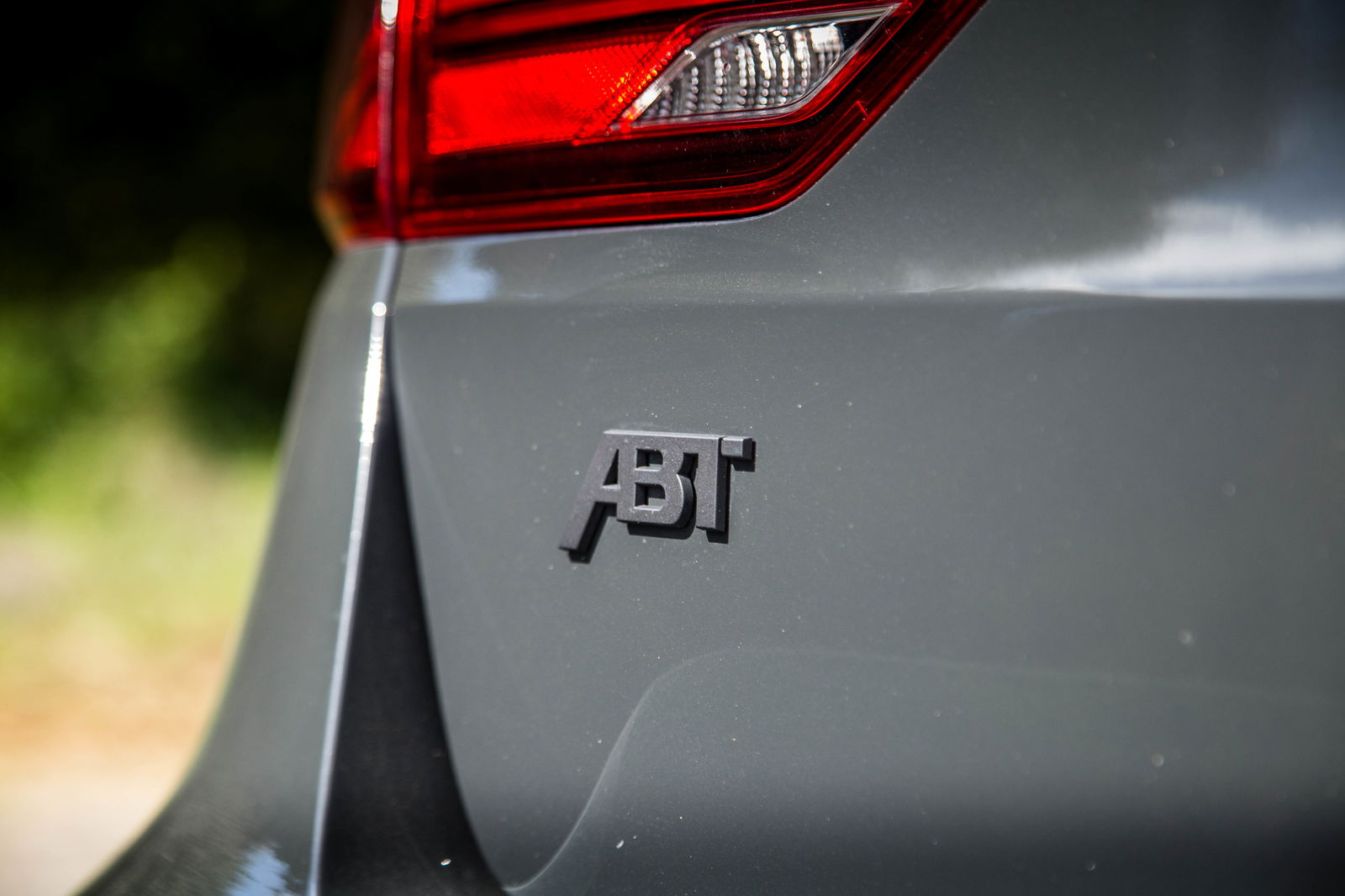
The seven-speed dual-clutch ‘box also blows the nine-speed torque converter in the AMG out of the water - it’s far faster and more on-the-ball when left to its own devices. It’s arguably even more frustrating in its manual mode, though - it shifts up for you instead of hitting the limiter, and bizarrely, it’ll still kick down in some scenarios rather than holding your chosen gear. Doesn’t sound very ‘manual’, does it?
It’s a small blot on the car’s report card, however. From a performance perspective, it’s the clear winner out of these two. That’s not to say you can’t tell where your extra money has gone with the C43 - its cabin provides a cocoon of brushed metals and fine leather, and it definitely wins the badge war. The three-pointed star is always going to trump the Seat S, no matter how much bronze is added to the latter.
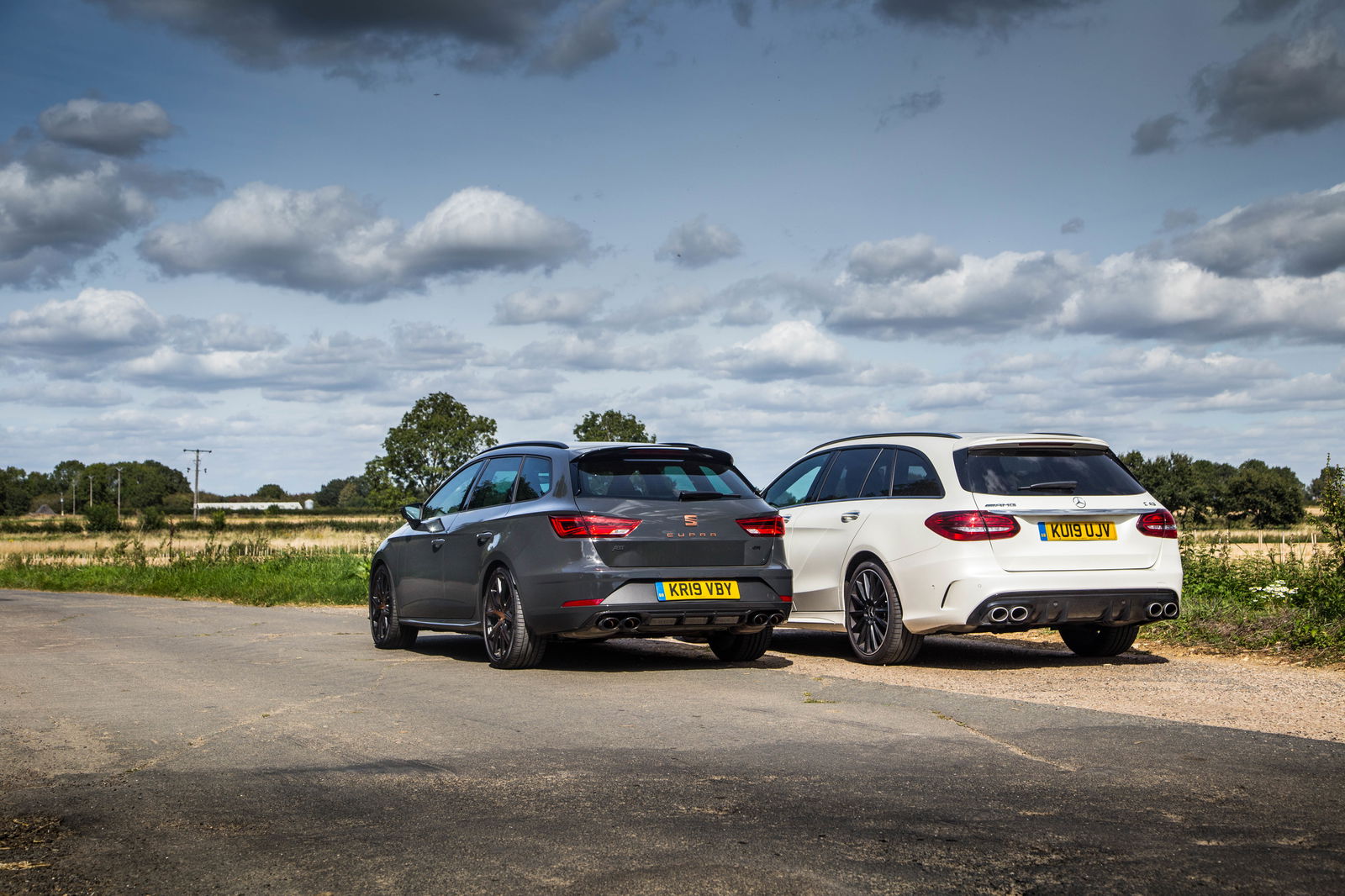
It’s all a question of what you’re looking for in a car - that’s why there probably isn’t going to be much - if any - buyer crossover between this pair. Judged purely on performance terms, though, the Cupra is the more enjoyable car to drive quickly on a back road.
Considering how much less expensive it is, you simply have to respect the Seat for that. We said not so long ago that anyone truly interested in driving is better off stretching to the C63 rather than going for its V6-powered baby brother. But if that’s not possible, the ST Cupra R might just be the next best thing.
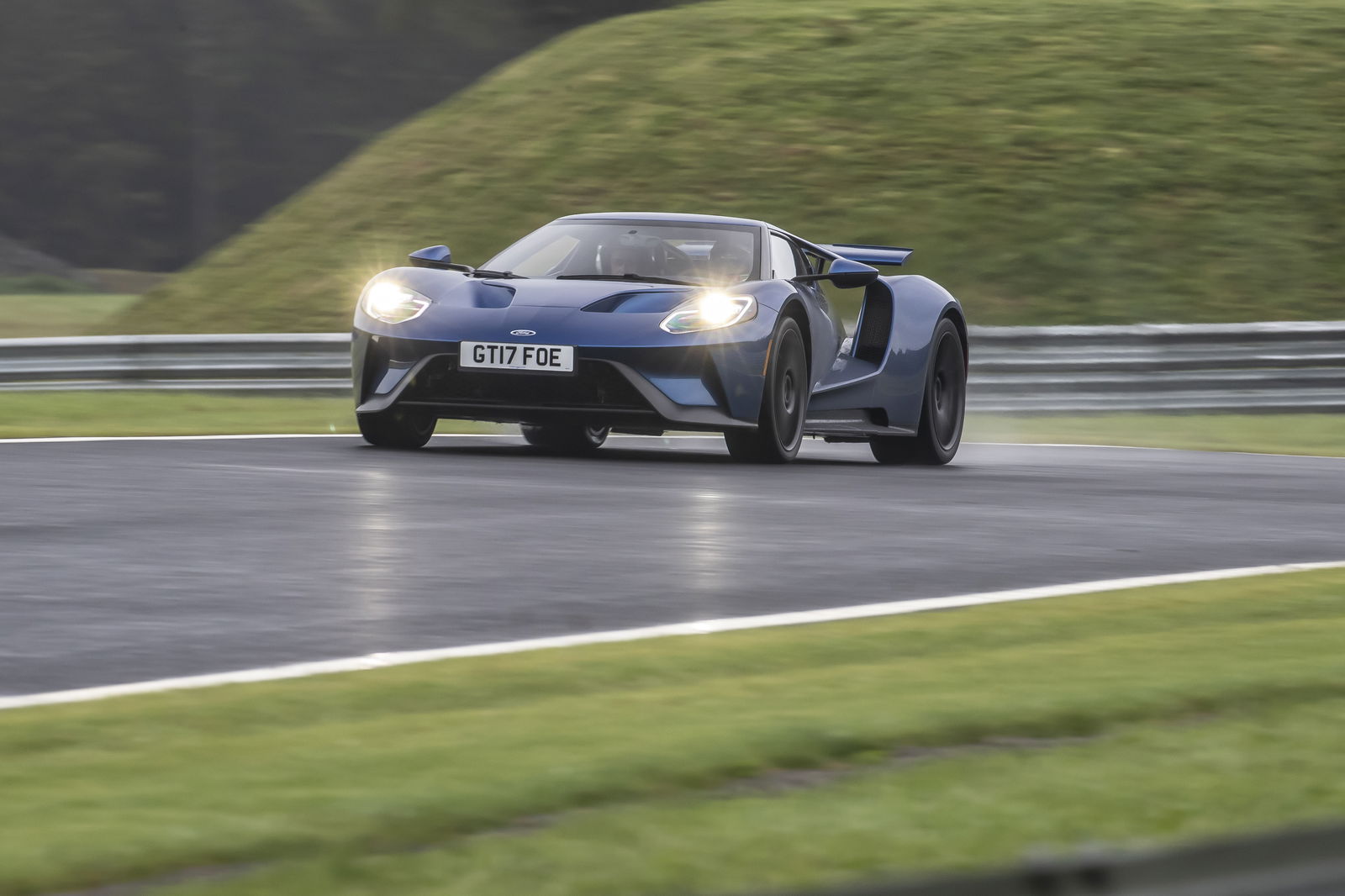
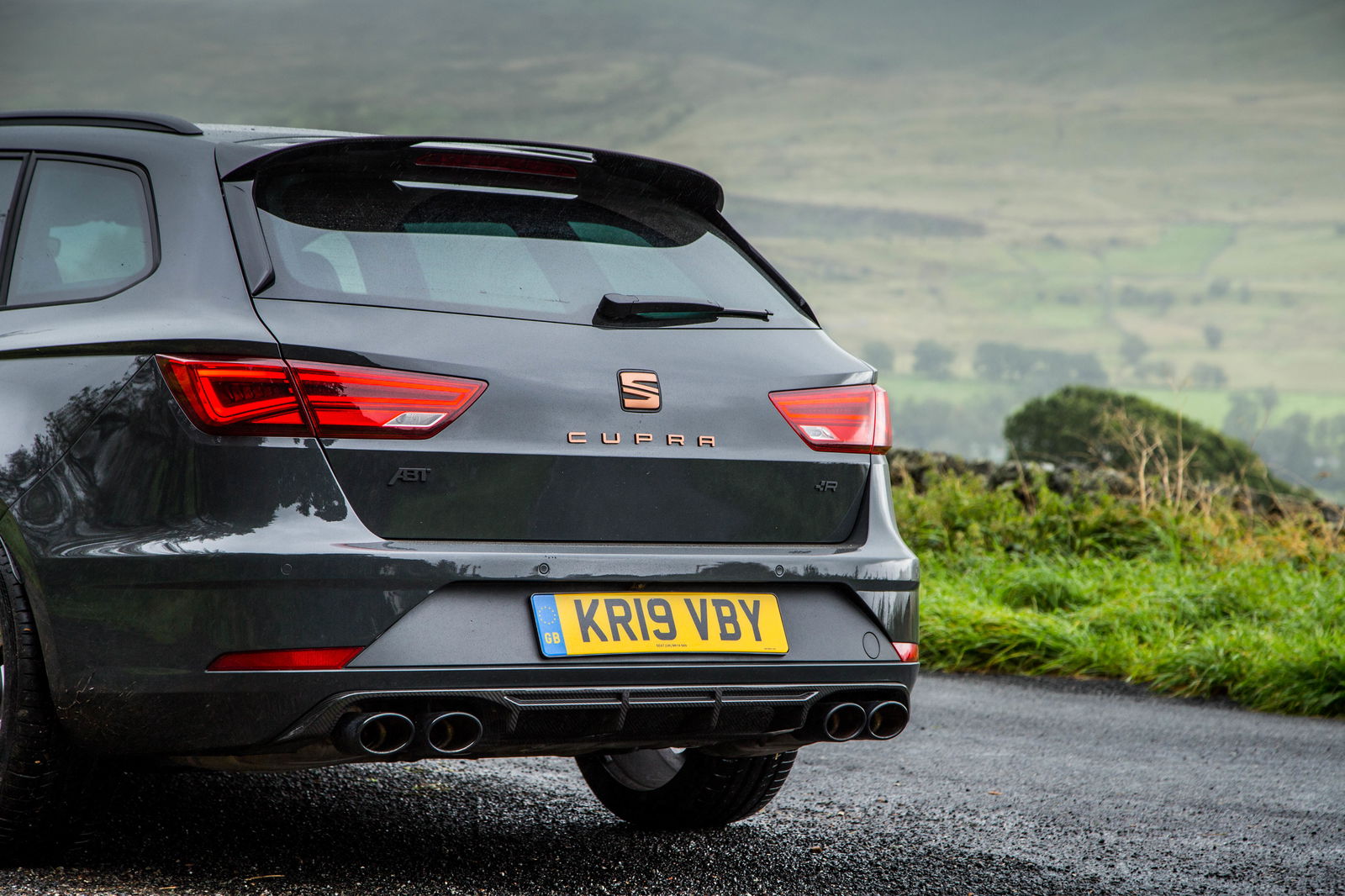

Comments
One thing people also have to remember is that one will depreciate like crazy and the other will have the price on a steady decline.
Gimme a M340i G21
gotta be fair but the seat looks better than the c43